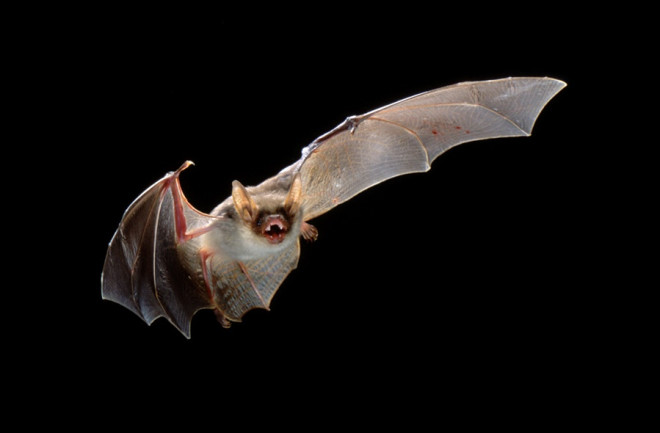1. It’s time for bats to come out of the shadows and get their due as an evolutionary success story: About one-fifth of all living mammal species are of the order Chiroptera (“hand-wing”), found on every continent but Antarctica.
2. It’s likely bats once flew over Antarctic skies, too. A 2005 study in Molecular Biology and Evolution found ancestral New World bats probably spread from the Americas to Australia about 42 million years ago via the now-frozen continent, which was then temperate.
3. Some of those far-flying early bats settled in New Zealand and evolved into three different species, which are the island nation’s only native land mammals.

